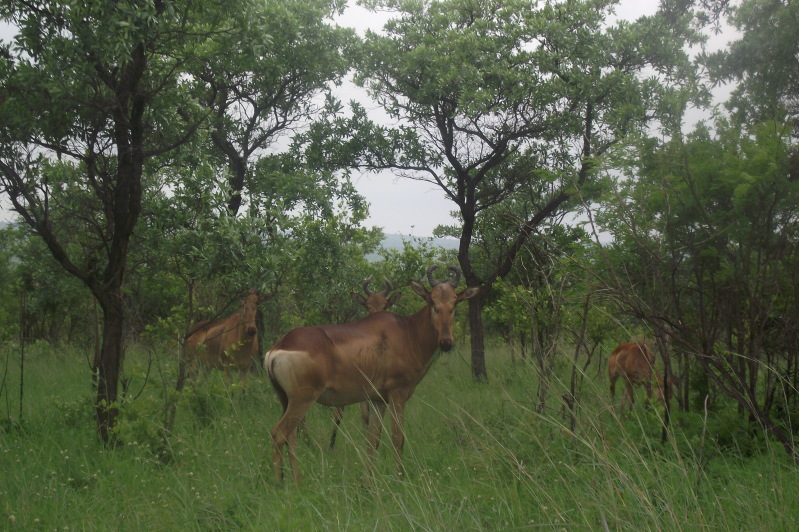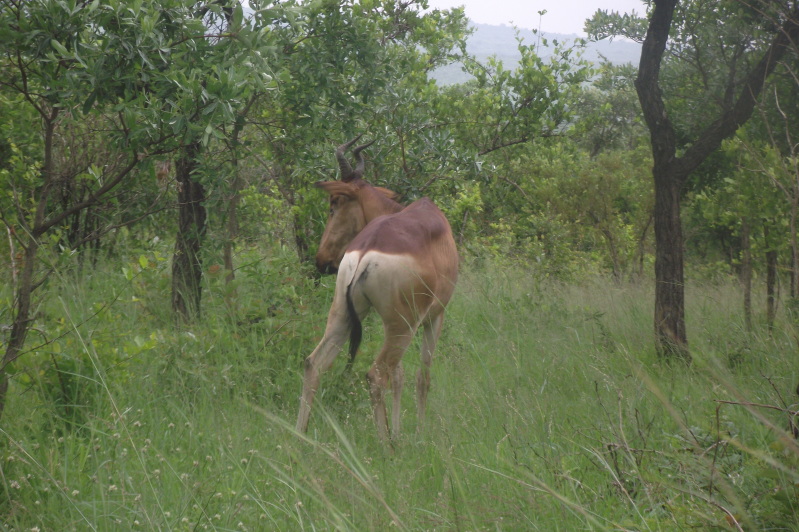Mammal Identification
- Richprins
- Committee Member
- Posts: 75386
- Joined: Sat May 19, 2012 3:52 pm
- Location: NELSPRUIT
- Contact:
Re: Mammal Identification
Please check Needs Attention pre-booking: https://africawild-forum.com/viewtopic.php?f=322&t=596
Re: Mammal Identification
Toko makes a good point about the enlargement of tracks in sand when the sand is deep. loose (usually warm) and dry and its good to consider any alternatives. However the area where these tracks were found is outside the Namib sand belt which lies to the south and west. This is on the gravel plain below the escarpment where finer sand grains have been largely blown clear leaving behind a relatively hard surface. In the uncropped original photo my boots left barely discernable imprints next to the rhino prints. The hard surface easily supported my weight and I don;t believe a 200 kg gemsbok would leave such deep prints. Perhaps a running gemsbok, but these prints are too close together to support a running animal Also the outline of the tracks are more distinct than loose, soft sand would support, there isn;t the amount of inflow you might see on the side of a dune. And if my memory is correct, gemsbok hooves are 5-6cm wide - only about 1/3 the width of the photo prints.
- Richprins
- Committee Member
- Posts: 75386
- Joined: Sat May 19, 2012 3:52 pm
- Location: NELSPRUIT
- Contact:
Re: Mammal Identification
I think you've lost this one, Toko...
(Toko is my...girlfriend, Ploco...hope you haven't caused a breakup!...
Please check Needs Attention pre-booking: https://africawild-forum.com/viewtopic.php?f=322&t=596
- Lisbeth
- Site Admin
- Posts: 65909
- Joined: Sat May 19, 2012 12:31 pm
- Country: Switzerland
- Location: Lugano
- Contact:
Re: Mammal Identification
Is this a small or a large spotted genet?


"Education is the most powerful weapon which you can use to change the world." Nelson Mandela
The desire for equality must never exceed the demands of knowledge
The desire for equality must never exceed the demands of knowledge
- Lisbeth
- Site Admin
- Posts: 65909
- Joined: Sat May 19, 2012 12:31 pm
- Country: Switzerland
- Location: Lugano
- Contact:
Re: Mammal Identification
"Education is the most powerful weapon which you can use to change the world." Nelson Mandela
The desire for equality must never exceed the demands of knowledge
The desire for equality must never exceed the demands of knowledge
- mposthumus
- Posts: 953
- Joined: Thu May 31, 2012 9:51 pm
- Country: South Africa
- Location: Pretora
- Contact:
Re: Mammal Identification
Great sighting and pics.
Dewi
What is the good of having a nice house without a decent planet to put it on? (H D Thoreau)
What is the good of having a nice house without a decent planet to put it on? (H D Thoreau)
- Mel
- Global Moderator
- Posts: 26737
- Joined: Sat May 19, 2012 12:31 pm
- Country: Germany
- Location: Föhr
- Contact:
Re: Mammal Identification
Lichtensteins  The bum is tail
The bum is tail  telling.
telling. 
God put me on earth to accomplish a certain amount of things. Right now I'm so far behind that I'll never die.




